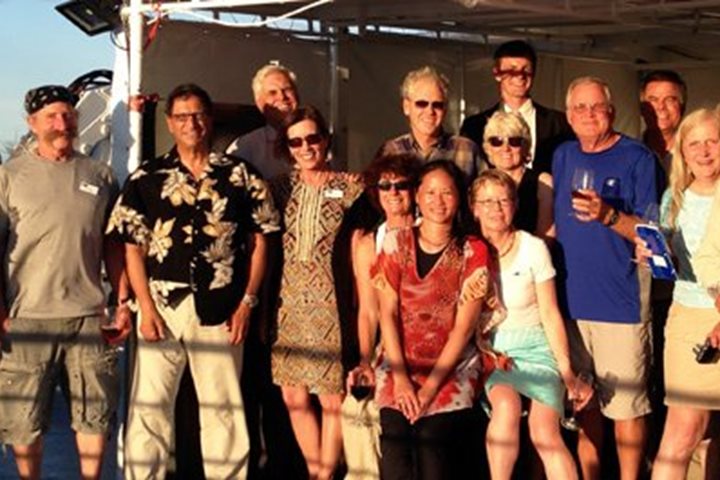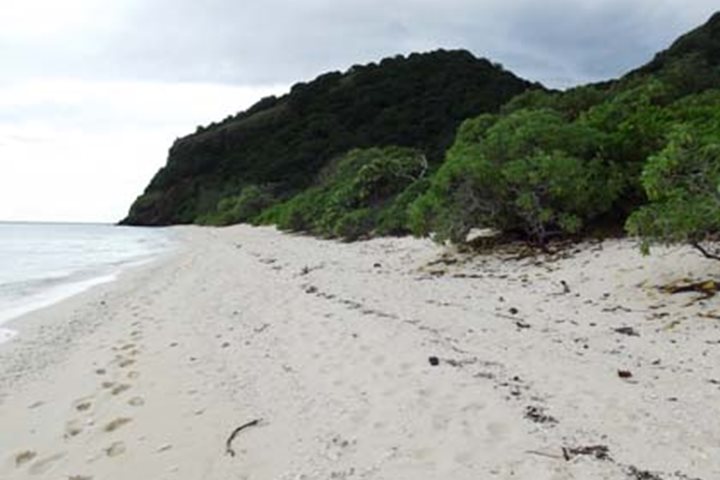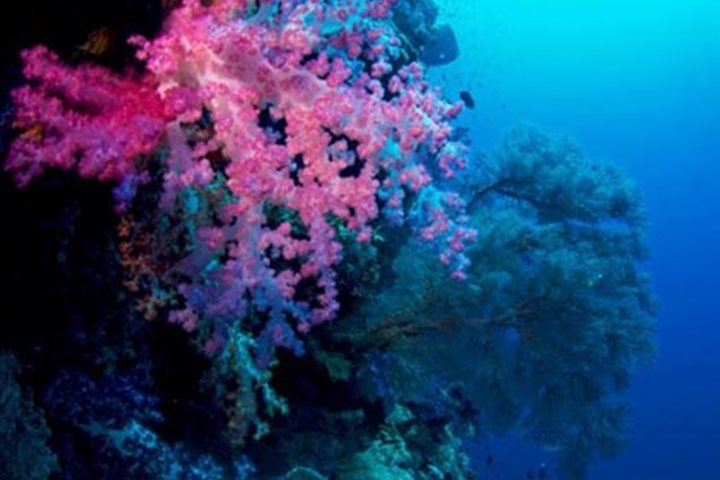When does a day truly start? Onboard the National Geographic Orion that could vary drastically, depending on one’s interests. If you are a bird enthusiast and eager to jump at even a chance of glimpsing a Wilson’s bird-of-paradise that means heading out just a few hours after midnight. Divers keen to squeeze more underwater excursions into the magical reefs of Raja Ampat were in a Zodiac zooming towards the rising sun shortly afterwards – perhaps not fully waking up until splashing into cool waters so serene that you might almost be lulled back to sleep were it not for the multitudes of fish life teeming in the depths.
This region safely boasts some of the most spectacular diving and snorkeling on the planet. It can almost cause anxiety having to decide what to look at. Especially when at the same site there are impossibly small pygmy sea horses, about the size of a grain of rice, hidden in the soft corals as well giant schools of barracuda, and the occasional shark, confidently swimming overhead as the dawn’s golden light begins to trickle down from the surface.
Those with a more civilized mindset actually had breakfast, before departing to explore some civilization in the form of the nearby village of Yenwaupnor on the island of Gam. Young schoolchildren took a break from their lessons to come and sing and dance and eagerly gave tours of their home where the forest meets the sea.
After a full morning, it was back onboard although to take an after lunch siesta means missing out on watching the stunning scenery or listening to lectures. Finally, after a gourmet meal and a quick glance at the glittering constellations, it was time to lie down, sliding into perfectly made beds for a well-earned rest. Because the difference between an expedition and a vacation is that here, sleep is just something we have to do so that we can wake up and do it all over again.









